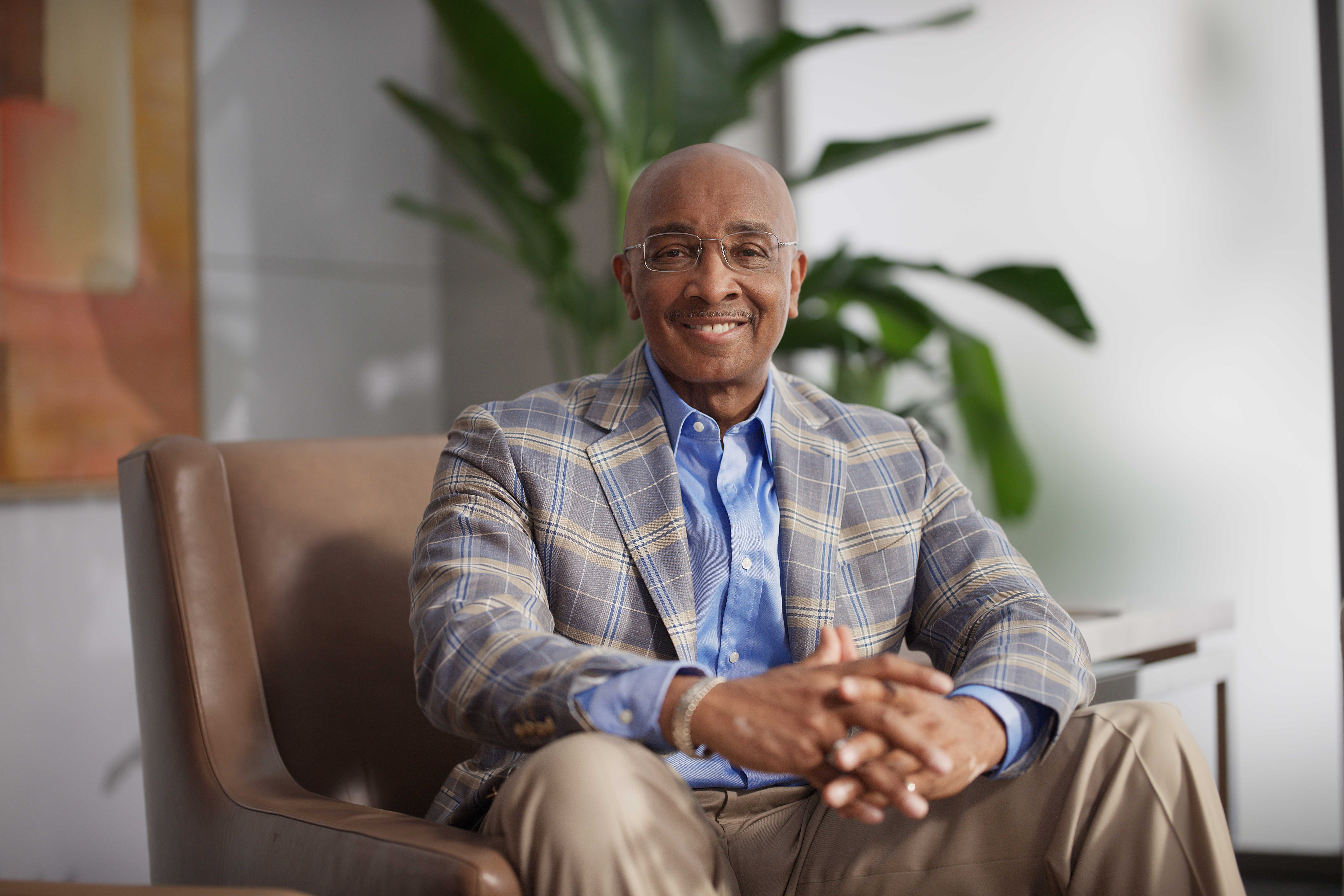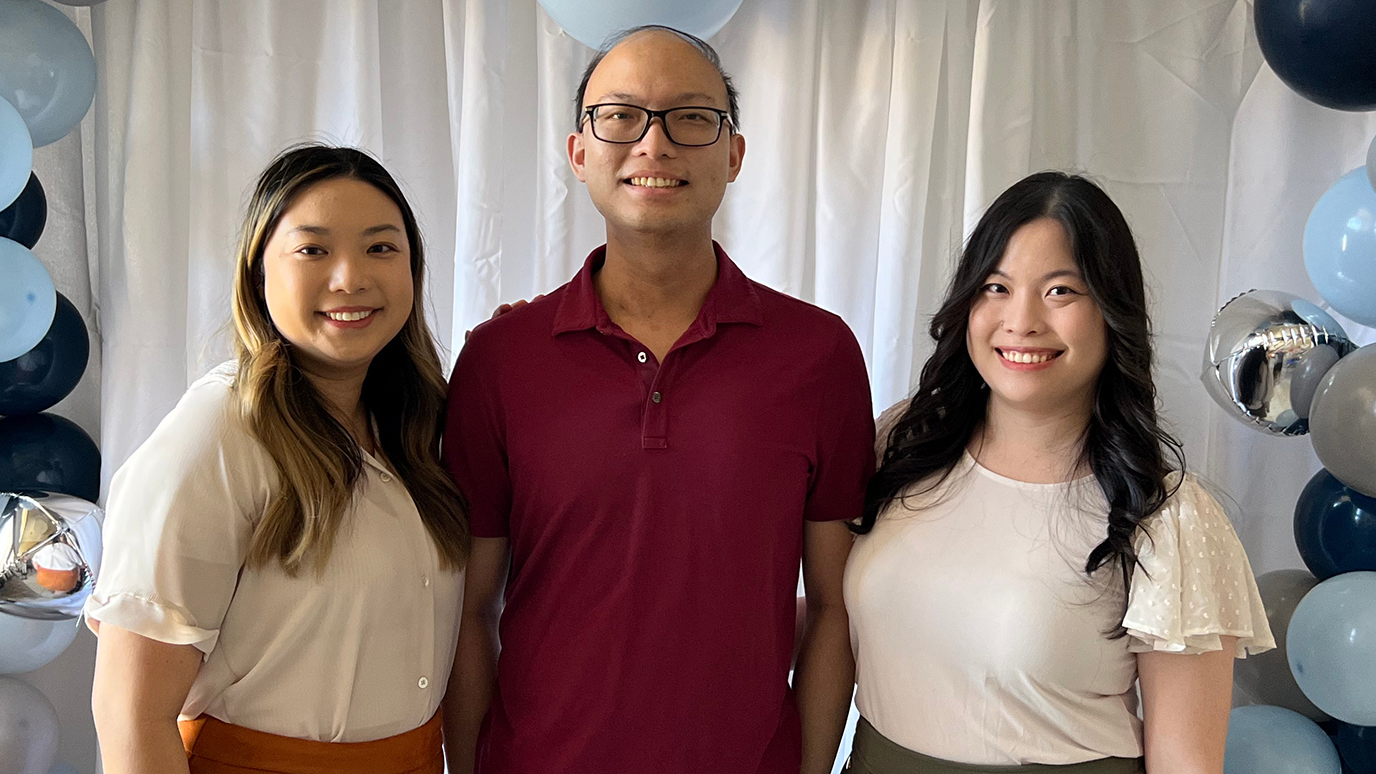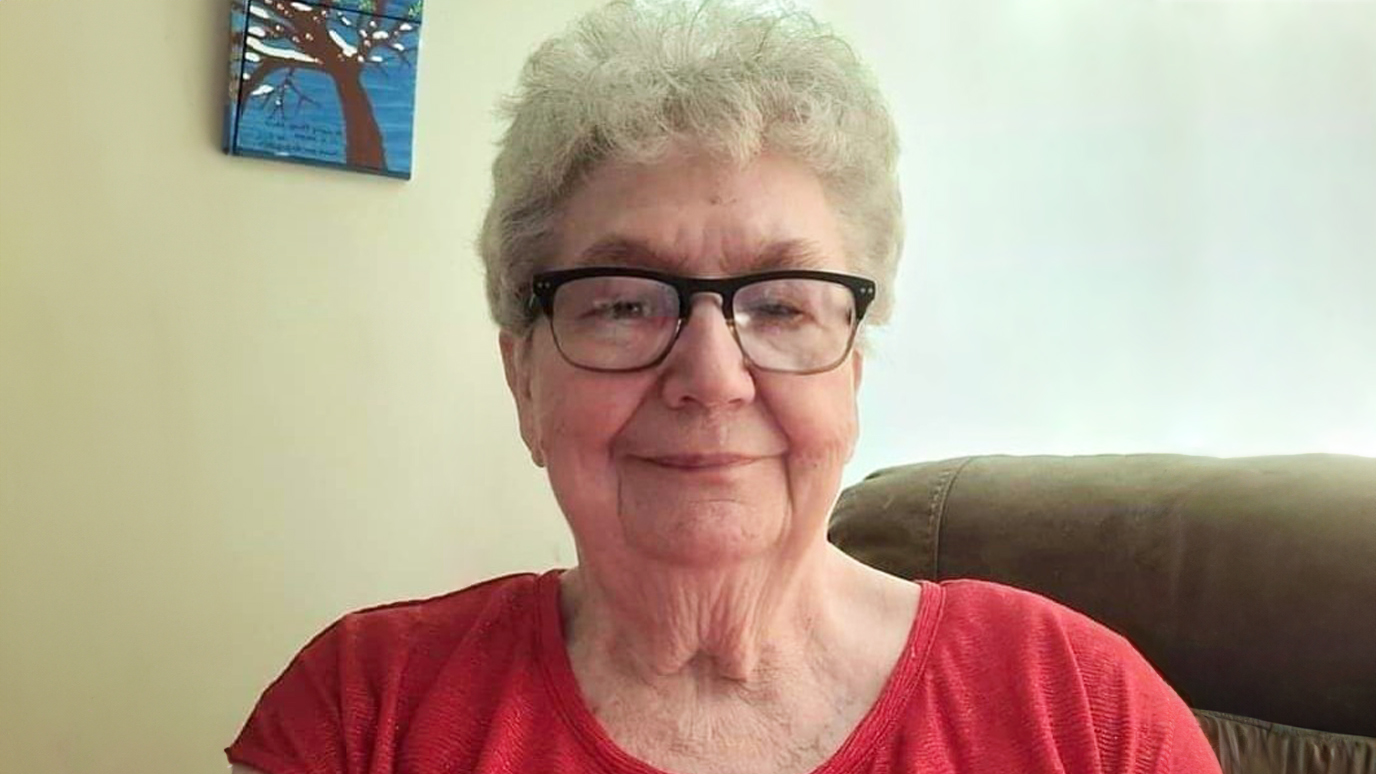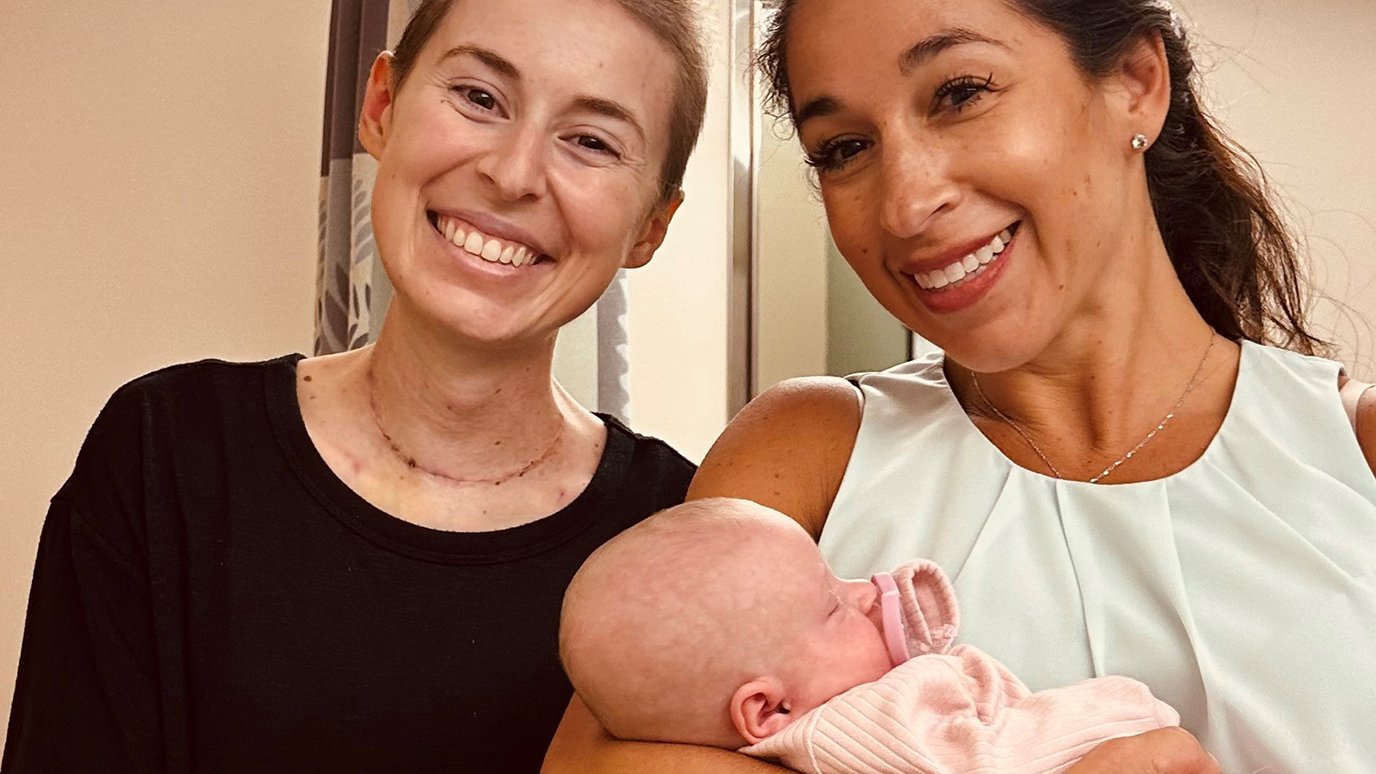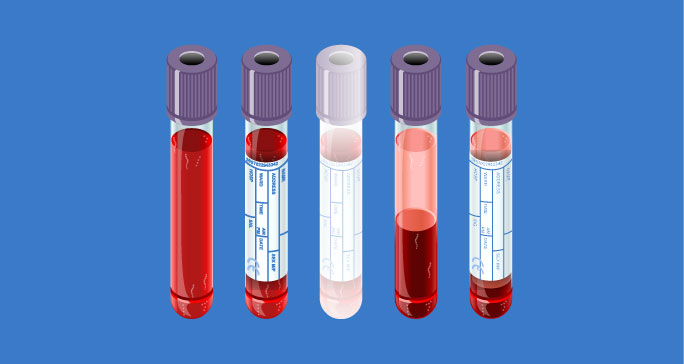- Diseases
- Acoustic Neuroma (14)
- Adrenal Gland Tumor (24)
- Anal Cancer (68)
- Anemia (2)
- Appendix Cancer (16)
- Bile Duct Cancer (26)
- Bladder Cancer (72)
- Brain Metastases (28)
- Brain Tumor (232)
- Breast Cancer (714)
- Breast Implant-Associated Anaplastic Large Cell Lymphoma (2)
- Cancer of Unknown Primary (4)
- Carcinoid Tumor (8)
- Cervical Cancer (158)
- Colon Cancer (166)
- Colorectal Cancer (116)
- Endocrine Tumor (4)
- Esophageal Cancer (44)
- Eye Cancer (36)
- Fallopian Tube Cancer (8)
- Germ Cell Tumor (4)
- Gestational Trophoblastic Disease (2)
- Head and Neck Cancer (12)
- Kidney Cancer (128)
- Leukemia (342)
- Liver Cancer (50)
- Lung Cancer (286)
- Lymphoma (278)
- Mesothelioma (14)
- Metastasis (30)
- Multiple Myeloma (100)
- Myelodysplastic Syndrome (60)
- Myeloproliferative Neoplasm (4)
- Neuroendocrine Tumors (16)
- Oral Cancer (100)
- Ovarian Cancer (172)
- Pancreatic Cancer (160)
- Parathyroid Disease (2)
- Penile Cancer (14)
- Pituitary Tumor (6)
- Prostate Cancer (146)
- Rectal Cancer (58)
- Renal Medullary Carcinoma (6)
- Salivary Gland Cancer (14)
- Sarcoma (238)
- Skin Cancer (296)
- Skull Base Tumors (56)
- Spinal Tumor (12)
- Stomach Cancer (64)
- Testicular Cancer (28)
- Throat Cancer (92)
- Thymoma (6)
- Thyroid Cancer (96)
- Tonsil Cancer (30)
- Uterine Cancer (80)
- Vaginal Cancer (16)
- Vulvar Cancer (20)
- Cancer Topic
- Adolescent and Young Adult Cancer Issues (20)
- Advance Care Planning (10)
- Biostatistics (2)
- Blood Donation (18)
- Bone Health (8)
- COVID-19 (362)
- Cancer Recurrence (120)
- Childhood Cancer Issues (120)
- Clinical Trials (630)
- Complementary Integrative Medicine (22)
- Cytogenetics (2)
- DNA Methylation (4)
- Diagnosis (232)
- Epigenetics (6)
- Fertility (62)
- Follow-up Guidelines (2)
- Health Disparities (14)
- Hereditary Cancer Syndromes (126)
- Immunology (18)
- Li-Fraumeni Syndrome (8)
- Mental Health (116)
- Molecular Diagnostics (8)
- Pain Management (62)
- Palliative Care (8)
- Pathology (10)
- Physical Therapy (18)
- Pregnancy (18)
- Prevention (914)
- Research (392)
- Second Opinion (74)
- Sexuality (16)
- Side Effects (604)
- Sleep Disorders (10)
- Stem Cell Transplantation Cellular Therapy (216)
- Support (402)
- Survivorship (320)
- Symptoms (182)
- Treatment (1786)
Leukemia survivor: MD Anderson helped me overcome a second rare cancer diagnosis
5 minute read | Published June 02, 2021
Medically Reviewed | Last reviewed by an MD Anderson Cancer Center medical professional on June 02, 2021
Before coming to MD Anderson for treatment of hairy cell leukemia in 2015, I was told by two different oncologists that I had only a matter of weeks left to live. The first one was in Alabama. The second one was near my home in Florida.
Fortunately, I also had a hematologist who was familiar with the work of Dr. Hagop Kantarjian, a leukemia specialist at MD Anderson. And after being treated there with a combination of chemotherapy and targeted therapy, I’m still going strong and cancer-free, almost five years later.
My hairy cell leukemia diagnosis
I found out I had hairy cell leukemia after my regular physician noticed my white blood cell counts were climbing. That prompted him to order a blood test. When the results came back, he said, “Fred, I’ve got good news and bad news. The bad news is that you have leukemia. The good news is that it’s a type called ‘hairy cell,’ which is one of the most treatable.”
My doctor prescribed a chemotherapy drug called cladribine, which works in about 95% of hairy cell leukemia cases. But my white cell numbers only dropped briefly after I received an infusion of it — then kept right on climbing. It turns out that I’m one of the 5% that the drug doesn’t work for, because I have what’s known as a “hairy cell leukemia variant,” which doesn’t respond well to the usual treatment.
The health crisis that led me to MD Anderson
My doctor referred me to a leukemia specialist in Alabama. But even that oncologist didn’t quite know what to do with me. He prescribed a type of targeted therapy called rituxan. When that didn’t work either, he told me my disease was incurable, and I should go home and get my affairs in order. I was in the process of doing that when I had the health crisis that would finally lead me to MD Anderson.
One day, I woke up from a nap and realized I couldn’t speak. Everything that came out of my mouth was absolute gibberish. My wife, Debbie, took me straight to the ER, where I lapsed into a coma almost immediately.
An MRI revealed so many lesions on my brain that the radiologist lost count. A biopsy showed they’d been caused by the leukemia, which is virtually unheard of. Leukemia normally doesn’t spread to the brain. But just like that, I went from having one of the most common types of cancer to having one of the rarest.
My hairy cell leukemia variant treatment at MD Anderson
I’m not sure how, but the ER doctors in Pensacola were able to bring me out of the coma within a week or so using steroids. Once I regained consciousness, my hematologist told me about Dr. Kantarjian. First, he said Dr. Kantarjian was the best. Then, he told me Dr. Kantarjian was also the chair of his department at MD Anderson. That was all I needed to know. My wife and I made arrangements to drive down to Houston and meet with him right away.
Once we got to MD Anderson, Dr. Kantarjian was very direct. He said, “Look: we’ve reviewed your records and all the medical literature, and we can barely find two or three other people who’ve had symptoms comparable to yours. Those brain lesions make you a very, very rare individual. But we are going to figure out how to treat you.”
He started off by putting me in isolation for a month and giving me a pair of powerful chemotherapy drugs to stop or slow the cancer’s growth: fludarabine and cytarabine. Then, he put me on a new targeted therapy drug called ibrutinib that does the same thing, but in a different way. I started out taking three of those pills a day. I am now down to two. But I’ll continue taking them until Dr. Kantarjian tells me to stop.
The casual remark that gave me hope
Being in isolation for 30 days was very hard. But something one of my attending doctors said during that time really gave me hope. Leukemia specialist Dr. Courtney DiNardo dropped by one day to check on me during her rounds. And after reviewing my chart, she said, “You know what, Fred? I think we’re going to heal you.”
I was in shock. Up until then, all I’d been hearing was bad news after bad news, and being told to get my affairs in order. But as it turns out, Dr. DiNardo was right. I recovered fully from that disturbing episode before the coma. The brain lesions had all but disappeared by the end of 2017. And I’ve shown no evidence of leukemia since then.
Why I’m indebted to MD Anderson
Today, I consider myself something of a miracle man, because I’ve survived not just one, but two rare cancers. In 1996, I was successfully treated in Alabama for adenoid cystic carcinoma of the parotid gland, after a lump developed in my neck under my left ear. I never had a recurrence. And in July 2021, it will be five years since I had leukemia.
I may be the only person alive right now who can say he’s had both of those diseases. It’s a distinction I’d rather not have. But thanks to MD Anderson, I survived and I’m doing just fine — even after a second rare cancer diagnosis. I may still be considered immunocompromised, but I feel great and I’ve experienced no side effects from the ibrutinib.
It continues to astonish me that I’m still alive, when I was told twice to get my affairs in order by other leukemia specialists. Even with the rarest of the rare, MD Anderson doctors know what they’re doing. So, I am indebted to Dr. Kantarjian — and to MD Anderson.
Request an appointment at MD Anderson online or by calling 1-877-632-6789.
Related Cancerwise Stories

MD Anderson doctors know what they’re doing.
Fred Hileman, Ph.D.
Survivor

